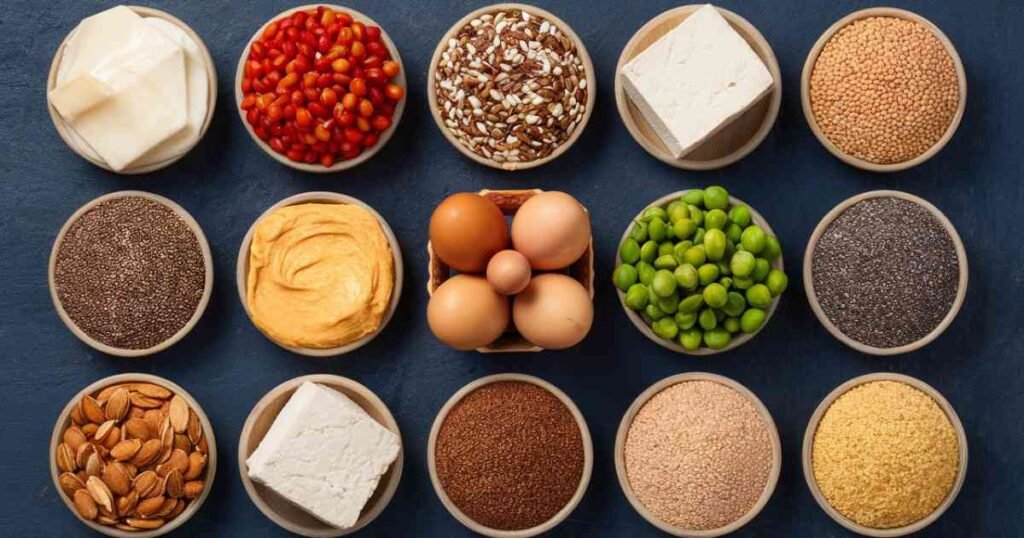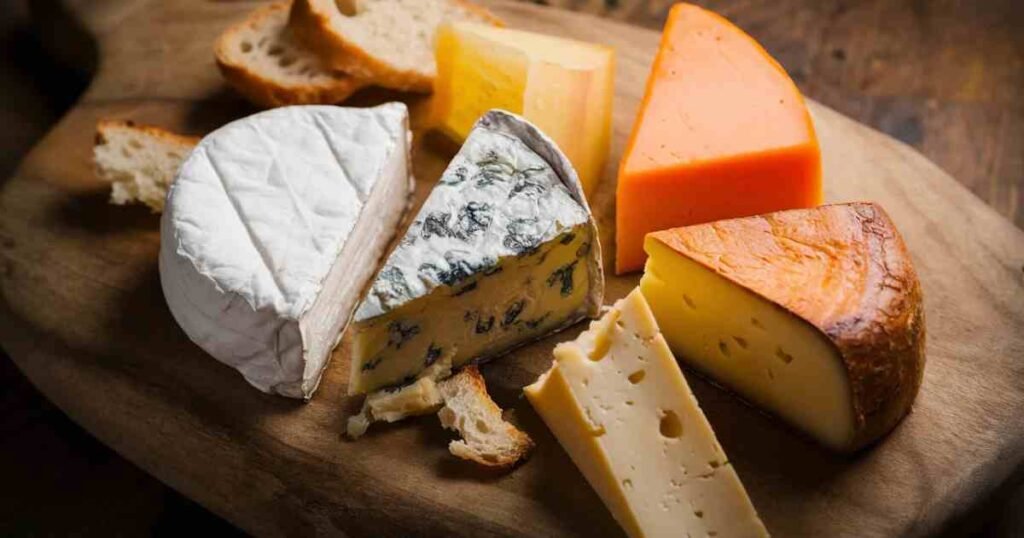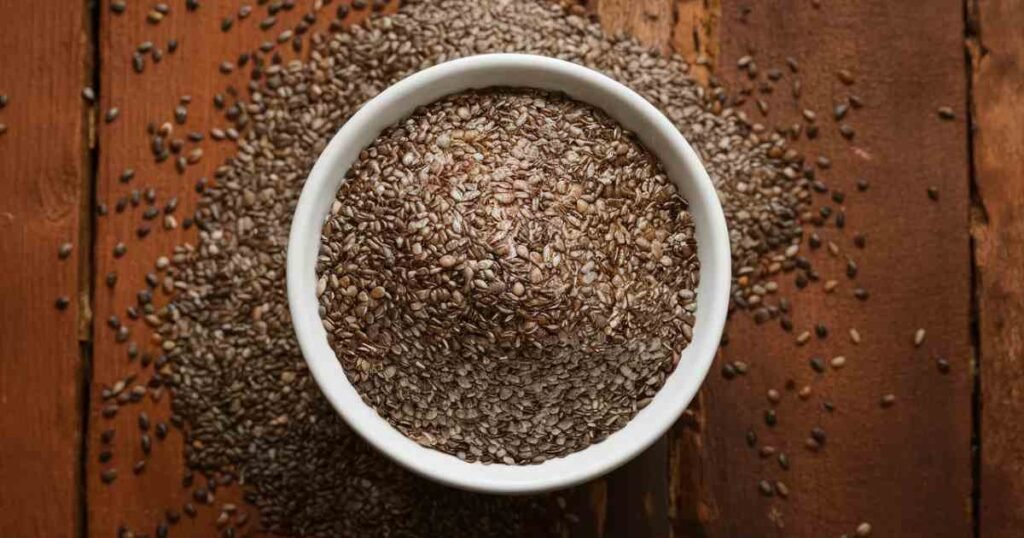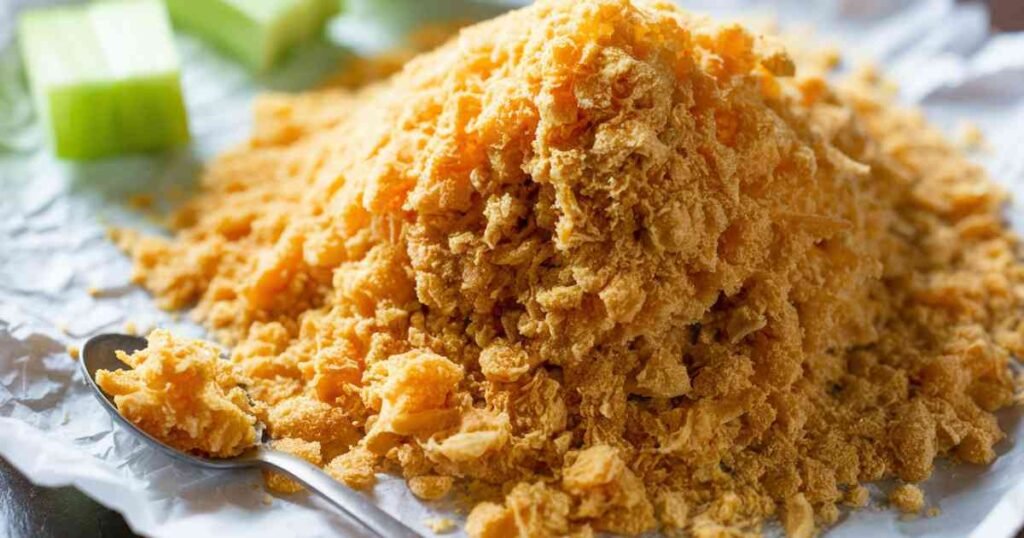Well, for vegetarian people who wish to increase the inclusion of proteins? Alternatively, are you just someone who is health-conscious and curious about what plant-based protein can offer you? Whatever the reason may be you just have to be in front of the right audience.
This Blog will address vegetarian protein sources and give some tips on how to make sure you are eating the right amount of protein on this new dietary journey.

Here I mentioned the best 18 vegetarian protein sources to add to your diet to get plant-based protein into your diet worry-free.
Greek-Style Yogurt and Cottage Cheese
A high vegetarian protein source includes Greek yogurt and Cottage cheese. Greek yogurt: Nearly 2x the protein of regular yogurt. It also has those good-for-you probiotics. Cottage cheese makes soup assuredly creamier and much more adaptable. Toss it into salads, dip with it, or even eat it plain as a snack.
Extra-Firm Tofu & Edamame
But they still might not get as much soy as vegetarians, as National Public Radio reports the protein source could be a dietary staple for vegetarians in the form of tofu and edamame. Soybeans are a type of tofu with different textures, but extra firm tofu is the best form to be used in anything. This is a versatile meat substitute and can be made through grilling, baking, and sauté.
Young soybeans, or edamame, are another great source of vegetarian protein. Usually, they are steamed and sprinkled lightly with salt and served as snacks. Tofu and edamame are both complete proteins, full of the essential amino acids.
Beans & Lentils

Leguminous plants Beans and lentils are some of the most versatile and nutrient sources of protein for vegetarians. Not just protein rich they are full of fibre which aids digestion and keeps you full. Some well-loved types comprise black beans, chickpeas, pinto beans, and red lentils.
Beans and lentils are incredibly versatile, perfect in soups, stews, salads, and even in baking. They are cheap and simplify quite well so has become a fundamental staple in many vegetarian households.
Nuts & Seeds
They may be small, but nuts and seeds carry a protein punch. High protein non-meat foods such as almonds, walnuts, chia seeds, and flaxseeds. These also provide healthy fats and a wide range of other important nutrients.
You can also add these in smoothies, yogurt, or oatmeal or they are an amazing crispy snack. However, the high calorie will again be common to many of them.
READ MORE: Kecveto Top Superfood for Health & Power Guide
Eggs
Eggs are one of the best vegetarian protein sources. They have all nine essential amino acids required for muscle recovery and for a healthy body in general. Whether you like them scrambled, boiled, or poached, you can always add eggs to your meal, it is so versatile.
Alternatively, for those watching their cholesterol, use egg whites, which still provide great protein minus fat.
Cheese

Dairy products protein cheese classics such as cheddar, mozzarella, and Swiss not only add zest to your eating plan, but they are also a tasty source of protein. You can put cheese in burgers, salads, pasta, etc.
Remember, if you are going through a tub of this fellow every week, the calorie content soon stacks up, so as always with these things enjoy it, moderately and remember to take the hit in other areas of your diet.
Whole Grains
They are all very good protein foods for a vegetarian, rich in whole grains such as quinoa, faro, and bulgur. However, quinoa is noteworthy for the fact that it is a complete protein, as it is also an excellent source of all nine essential amino acids.
Grains that are great for salads, side dishes, or main courses. These are high in terms of fiber and other essential nutrients, thereby making it a healthy as well as a filling choice.
Legume-Based Pastas
Chickpeas and lentils are also being turned into pasta as a high-protein pasta product alternative to wheat. You get the texture without as many calories and more protein and fiber.
You will love this pasta if you are trying to up your protein game but can’t live without your Italian foods! Serve them with a protein-dense sauce or better yet, make some more.
Quinoa
Quinoa is commonly described as a superfood because of the nutrition it packs into its little seeds. Not only is it a protein powerhouse, but it’s also a good source of fiber, iron, magnesium, and manganese.
Quinoa is extremely versatile it can be utilized in a plethora of dishes, from breakfast bowls to salads and main courses. The mild nutty taste and slightly fluffy texture of quinoa can be incorporated into a vegetarian diet in many ways.
Chia Seeds
Although humbly small, chia seeds are a nutrition powerhouse. Protein, fiber, omega-3 fats, and a whole spectrum of micronutrients.

You can add a tablespoon of chia seeds to a smoothie or sprinkle a few on top of your yogurt or oatmeal, and chia seeds can even be used to make chia pudding like this one. They soak up the liquid, swell and become a bit slimy when you eat them all gelled up a feature that for some can lend a little more interest to your dishes.
Green Peas
You might be surprised to learn that green peas are a substantial source of plant-based protein! They are packed with vitamins, minerals, and antioxidants.
Green peas can be added to soups and stews, salads, used as a side dish or enjoyed on their own as a snack. They are versatile and can be added to both hot and cold dishes.
Peanut Butter
Peanut butter of the best ways to get protein is by eating some delicious. Peanut butter Coconut milk is a good source of healthy fat and can be used in a range of sweet and savory dishes.
Slather it onto whole-grain toast, mix it into smoothies, or cut it up and dip in any kind of raw veggie or fruit. Just select normal peanut butter without all the added sugars or the hydrogenated oils.
Almonds
They are a great vegetarian protein source, Kirkpatrick said, and are one of the richest food sources of vitamin E, a celebrated antioxidant. They are a good source of vitamin E, magnesium, and healthy fats.
Have a handful of almonds as a snack, mix them with your yogurt or oatmeal, or use almond butter as a spread. They are a multifunctional and wholesome addition to any food plan.
Seitan
Seitan wheat gluten is a meat substitute with a meat-like texture that is high in protein. It is a good vegetarian protein source and can be cooked in different ways.
Seitan can be grilled or sautéed and is wonderful added to stews and stir-fries. This means it is an adaptable component that you can use to increase your protein consumption and experience different types of flavors and textures.
Tofu, Tempeh, and Edamame
Soybeans, and specials like tofu, tempeh, and edamame, are great vegetarian protein source options. Tofu can, in fact, be used for everything from sweet smoothies to dinners while tempeh is an oomph of a nutty firm flavour and firmer bite.
Edamame are immature soybeans, cooked in the pod by steaming and lightly salted. Soy-based, high-protein and all essential amino acids, Soy products form a useful addition to a vegetarian diet.
Nutritional Yeast

Nutritional yeast is a good vegetarian protein source and it is a great source of B vitamins as well. With a slightly cheese-like taste to it, it is one of the preferred ingredients for vegans and vegetarians.
Nutritional yeast can be sprinkled on popcorn, pasta, or salads for an added protein hit and a cheesy taste sans the dairy.
Spelt and Teff
Spelled and teff are high-protein ancient grains. Spelt has a nuttier flavor and is a species of wheat, whereas teff is a grain and a staple in Ethiopian cuisine.
Both grains can be used in dishes such as breakfast bowls, or salads and dishes as a side dish. It is a great and nutritious addition to any vegetarian diet.
Spirulina
Spirulina is a popular blue-green algae that is enriched in Protein as well as other nutrients. It is usually found in powder form and can be put into smoothies, juices, or water.
Rich in vegetarian protein sources spirulina boasts numerous health advantages and claims a spot in your pantry.
How to Increase Plant-Based Protein in Your Diet
Fortunately for you, adding vegetarian protein sources to your diet does not have to mean losing the cultural foods you grew up with. Even traditional dishes can be adapted to pack in additional vegetarian protein sources. Examples include mixing beans or lentils into soups and stews, using tofu or tempeh in stir-fries, or even making whole grains like quinoa a star in a salad or side dish.
The changes you can make are small but they add up, try introducing more vegetarian protein sources into your diet to ensure you are eating a varied and nutritious diet without sacrificing any taste or culture.
Frequently Asked Questions for Vegetarian Protein Sources
What vegan foods are high in protein?
Protein-rich vegan foods such as beans, lentils, tofu, tempeh, edamame, seitan, quinoa, chia seeds, hemp seeds, and spirulina. These are the foods that can help you in fulfilling your protein requirements while following a vegan diet.
How can a vegan get 100g of protein a day?
On a vegan diet, combine a selection of high-protein foods to achieve 100g protein per day. A smoothie made with protein powder and chia seeds for breakfast, a quinoa salad with beans and vegetables for lunch and perhaps a tofu stir-fry with tempeh for dinner, for example. Nuts, seeds and protein bars can all also help you to meet your protein goals.
What is a good source of protein that isn’t meat?
A lot of protein sources that occur from plants are great meat equivalent protein sources such as beans, lentils, tofu, tempeh, edamame, seitan, quinoa, chia seeds, hemp seeds, nuts, and seeds. These types of foods will be high in protein and also provide a range of health benefits.
What are some complete protein sources for vegetarians?
Vegetarian complete protein sources must provide all of the 9 essential amino acids the body demands. The best choices are quinoa, tofu, tempeh, edamame, and chia seeds. Plant-based protein sources may be more limited compared with animal sources, but by combining different plant foods, like rice and beans, we can get all of what’s called the essential amino acids in one meal.
How can I ensure I’m getting enough protein on a vegetarian diet?
If you eat a vegetarian diet, make sure you’re choosing a variety of sources of protein to help fill this nutritional need. Legumes (beans, lentils) Whole grains (quinoa, farro) Nuts and seeds Soy (tofu, tempeh) It can also help you ensure that you are not exceeding the recommended daily dosage of protein if you are tracking your protein intake.
Conclusion
By consuming a wide range of vegetarian protein sources you can fulfill your protein requirements while at the same time, increasing the nutritional density and diversity in your diet. Greek yogurt, cottage cheese, tofu, tempeh, beans, lentils, you have so many tasty and healthy options.
It is possible to eat a balanced diet that includes indispensable protein by understanding some of these aforementioned protein sources and also discerning how to work in some of these protein sources for your meals. So why wait? Begin to incorporate these high-protein foods into your diet today and get started on your journey to better health and nutrition.
I am David seasoned content writer, excels in crafting engaging, SEO-optimized content across diverse industries, driving engagement and results.
